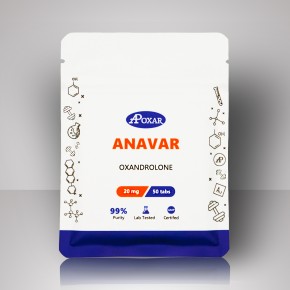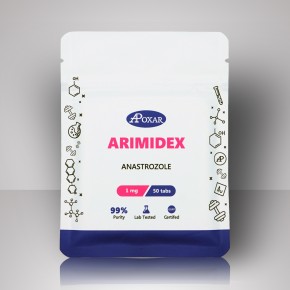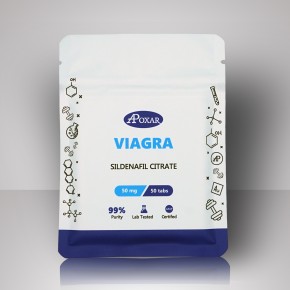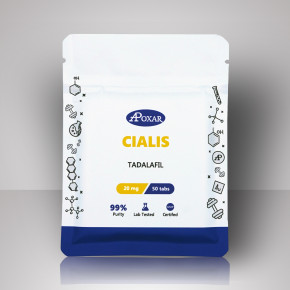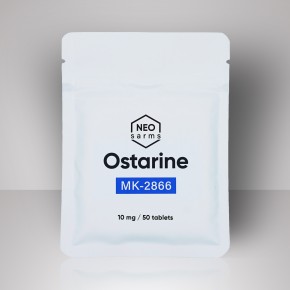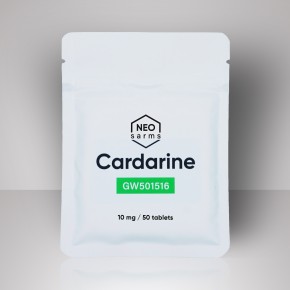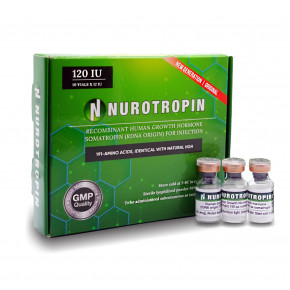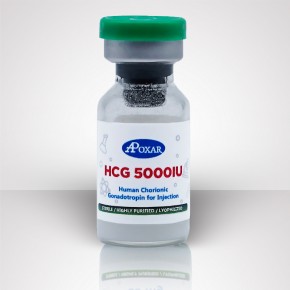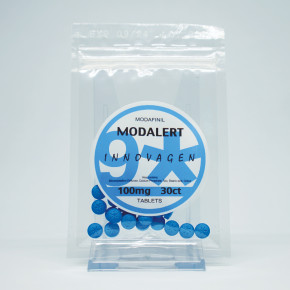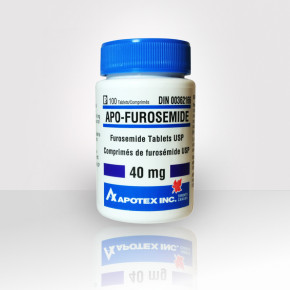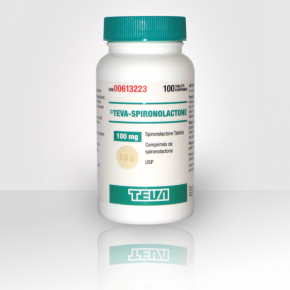-
06.05.25
hit like a freight train preworkout 💥Omar
-
20.03.25
Inno DMAA tabs clean, no crash laterGreg U
-
04.01.25
felt better than high stim pre’s I’ve usedEric
-
18.09.24
probably strongest stim I’ve touched, felt wild in a good way111
What is 1,3-DMAA
1,3-DMAA is a sympathomimetic, similar in its action to epinephrine and dopamine. This compound has been incredibly popular as a part of pre-workout complexes. It can be hard to find a potent pre-workout nowadays, specifically because 1,3-DMAA isn’t a part of them anymore.
However, you can use this stimulant compound alone as a pre-workout, or stack it with caffeine and ephedrine and increase your energy levels significantly. It’s simplicity itself, but it works.
1,3-DMAA Benefits
If you want to push through your limits and have a productive workout session, 1,3-DMAA can help you out and:
- Increase your energy levels: it isn’t just about motivation; you can feel the strength, the euphoria, and get the most out of every training session (even on leg days);
- Improve your focus: you need to be alert of every movement to do the exercise correctly and safely, and 1,3-DMAA can enhance your performance;
- Lose weight: one of the DMAA side effects is appetite suppression, which can help you maintain the calorie deficit (especially if the compound is used with Ephedrine).
1,3-DMAA Side Effects
Some of the 1,3-DMAA side effects may include:
- Headaches;
- Nausea;
- Aggression;
- Hypertension;
- Arrhythmia;
- Cardiovascular issues;
- Abdominal pain;
- Appetite suppression;
- Sweats;
- “Stim dick”;
- Insomnia;
- Dopamine crashes;
- Tunnel vision.
1,3-DMAA Contraindications
1,3-DMAA can’t be used by pregnant or nursing individuals or patients who have been diagnosed with severe cardiovascular disorders, liver disease, or renal issues.
1,3-DMAA Dosage
The recommended dosage varies between 20 and 100 mg/day. It‘s better to take the daily dose 2–3 hours before a workout. Even though this stimulant is considered safe over a wide array of dosages, the starting dose can’t exceed 20–25 mg/day.
How to Take 1,3-DMAA
|
When to take it |
Preferably 6–8 hours before sleep to avoid insomnia |
|
Dosage Instructions |
20 to 100 mg, with a starting dose of 20–25 mg |
|
Half-life |
8–9 hours |
|
Food Interaction |
No food interactions have been reported |
|
Alcohol Interaction |
Limit alcohol consumption |
|
Drugs Interaction |
Clenbuterol can’t be taken with Fluoxetine, Clozapine |
If you aren’t on a calorie deficit, you should take 1,3-DMAA after you’ve eaten. It’s a potent appetite suppressant, and you won’t be able to eat for at least 2–3 hours after its administration.
Best Stacks with 1,3-DMAA
1,3-DMAA can be stacked with Ephedrine and Caffeine as a pre-workout complex:
|
Ephedrine |
40–45 mg/day |
|
Caffeine |
50–100 mg/day |
|
1,3-DMAA |
50 mg/day |
This stack is for advanced users only, as it can cause potent side effects. The beginners might not know how they can mitigate these side effects and what to do. If you’re a beginner, you’ll be better off using 1,3-DMAA alone.
Common Questions About 1,3-DMAA
Can I Use 1.3-DMAA as a Pre-Workout?
Yes,1,3-DMAA is primarily used as a pre-workout compound. If you don’t have any contraindications, you can use it and enjoy your workouts without a worry.
What is the Difference Between 1.3-DMAA and 1.4-DMAA?
Both compounds are highly effective as pre-workout supplements. 1,4-DMAA is very similar to 1,3-DMAA in its structure and effects. However, users prefer 1,3-DMAA to 1,4-DMAA, as it’s a predominant natural form of DMAA.
How Much DMAA Should I Take?
Depends on your experience with the compound and your tolerance level. The safe dosage is 20–100 mg/day, but for most athletes, 50–60 mg/day is enough. Monitor how your body responds to the compound’s administration and, if needed, increase the dosage.
If you haven’t used 1,3-DMAA before, start with 20–25 mg/day to avoid unwanted side effects.

 Trusted by 50,000 Customers
Trusted by 50,000 Customers
